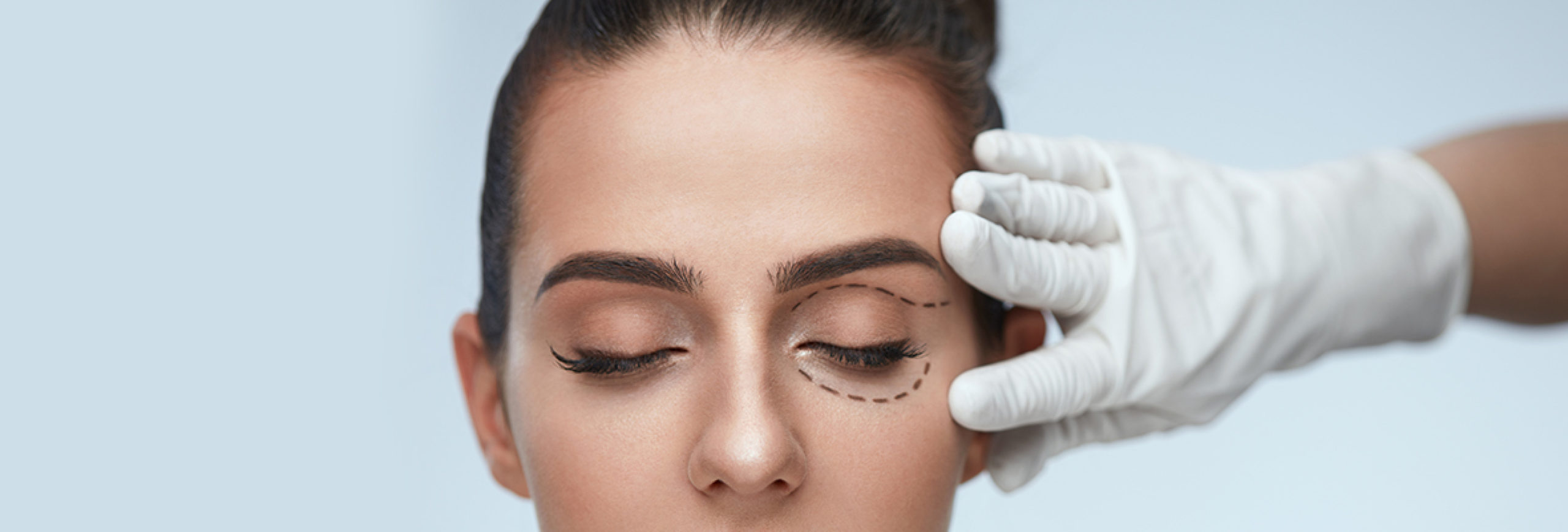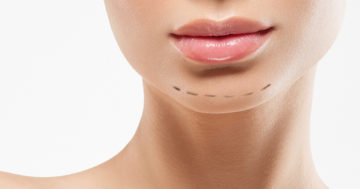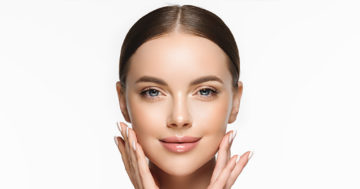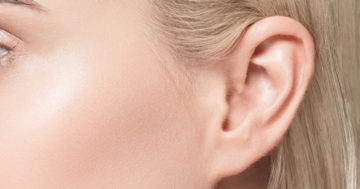Blepharoplasty (Eyelid Surgery)
Surgical Procedure
The surgeon will, according to how a patients presents, remove the excess fat of a baggy eyelid and possibly tighten the muscles. The surgeon may also remove excess skin.
0 NIGHT
2 - 3 HOURS
GEBERAL ANAESTHESIA
Pre Operative Care
6 hours prior to surgery.
– No food and liquid intake if general anesthesia is planned.
– No eye make-up, mascara and ensure the face is clean of any cosmetics.
 Before surgery please inform your surgeon of any allergies, all medical conditions, and any medication that you are taking (both prescription and non-prescription).
Before surgery please inform your surgeon of any allergies, all medical conditions, and any medication that you are taking (both prescription and non-prescription). To eliminate the chance of post op. bleeding you should avoid aspirin and any medication containing Aspirin or brufen for two weeks prior to surgery.
To eliminate the chance of post op. bleeding you should avoid aspirin and any medication containing Aspirin or brufen for two weeks prior to surgery. 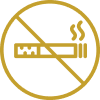 You should also not smoke for 2 weeks prior to surgery as smoking can affect your reaction to the anesthetic and slow down the healing process.
You should also not smoke for 2 weeks prior to surgery as smoking can affect your reaction to the anesthetic and slow down the healing process. 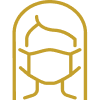 Patients that suffer from hypertension must inform the surgeon prior to surgery.
Patients that suffer from hypertension must inform the surgeon prior to surgery.Package Price
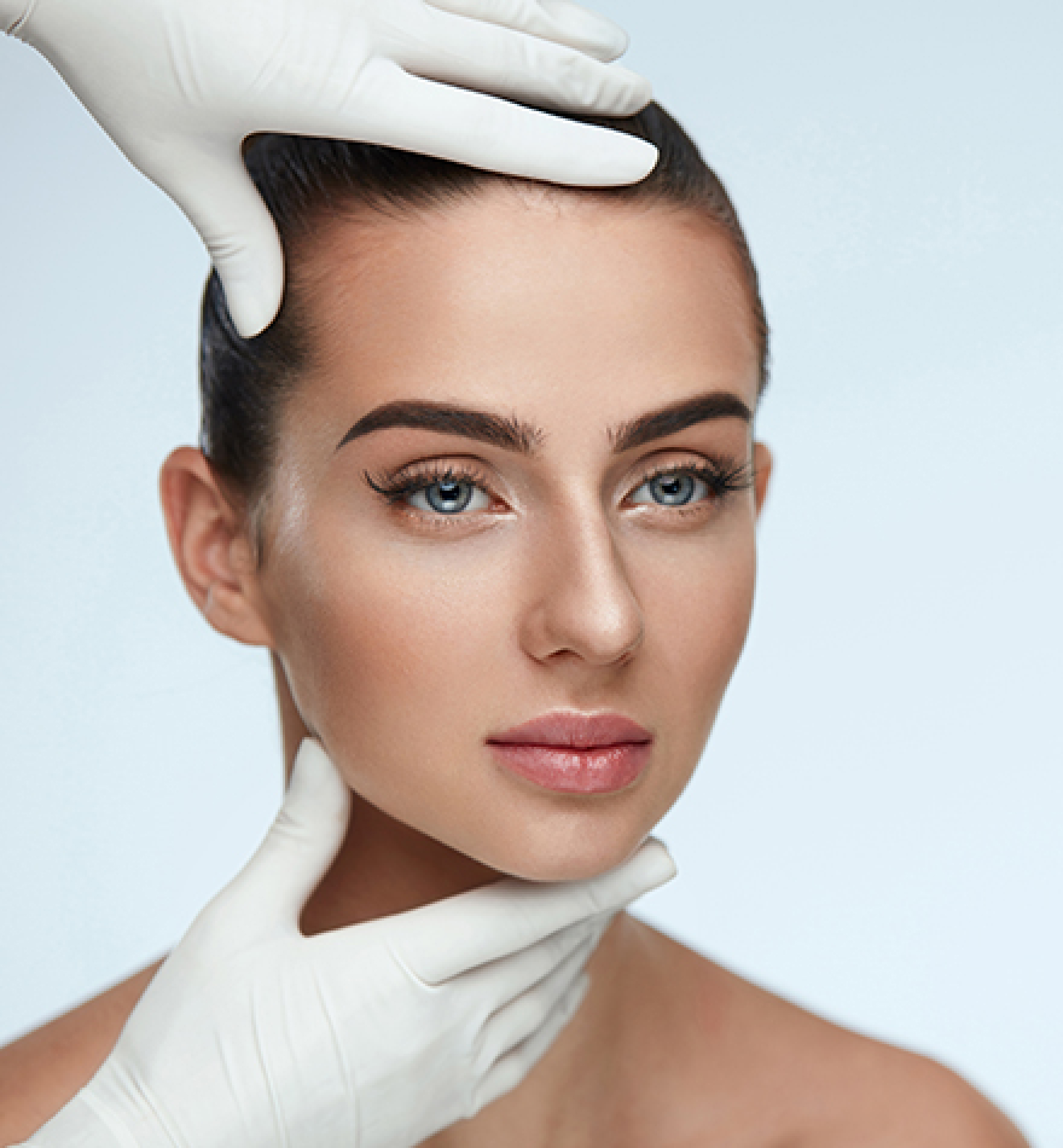
Post Operative Care
Dressing : A compressive adhesive tape over the lower eyelid will usually be applied for 3 days. Clean the sutured area twice daily with non irritating substance like saline solution or the medication provided by your surgeon.
Medication : You will be provided with oral antibiotics, anti-swelling and pain reliever tablets. Take the medications as directed by your surgeon. Note that it is important to complete the full course of antibiotic therapy.
Cold compression : Can be applied for the first 3 days to prevent further bleeding from the wound and to minimize swelling.
Warm compression : Can be applied after 3 days to assist healing. Warm compression should not be used for the first 3 days unless instructed by your surgeon.
Suture Removal : Will be done on the 5th or 7 th day post-op.
Follow-up appointments : Scheduled on the 7th day following your surgery. Your surgeon may also schedule other follow-up appointments as necessary.
Showering : Keep the suture site dry and away from any sweat and dirt until your stitches are removed. You may apply Chloramphenicol ointment over the suture line before taking a shower.
Activity : It is advised to have bed rest in a cool and dry room and to limit your activities for a few days following surgery. You should also avoid all activities that are strenuous for the first 3 days.
Lying position : In the first few days and when sleeping, it is best to lay with your head elevated.
Recovery
In the first 2 days following the procedure, pain may be intense and bruising and swelling will be evident. This will start to subside after approximately 3 days, with 80% recovery most likely in 3 weeks. The scar will be hidden very close to the lower eyelash.
When to call
It is important that you know the signs of infection. This includes fever temperature over 37.8 ºC, pain not relieved by medication, increased redness along the incision, yellowish or greenish fluid collection on the wound edge, excessive swelling or excessive tenderness. When signs and symptoms of infection is noted or there is bleeding from the incision that is difficult to control with light pressure, contact your surgeon.
Risks and Complications
Risks are inherent to any surgical procedure. The most common risks are swelling, bruising, bleeding, infection, excess fluid and scarring. Ectropion or the eversion of the lower eyelid rim may happen in some patients that have very weak eyelid. You can reduce your risks by closely following your surgeon’s instructions both before and after surgery.
